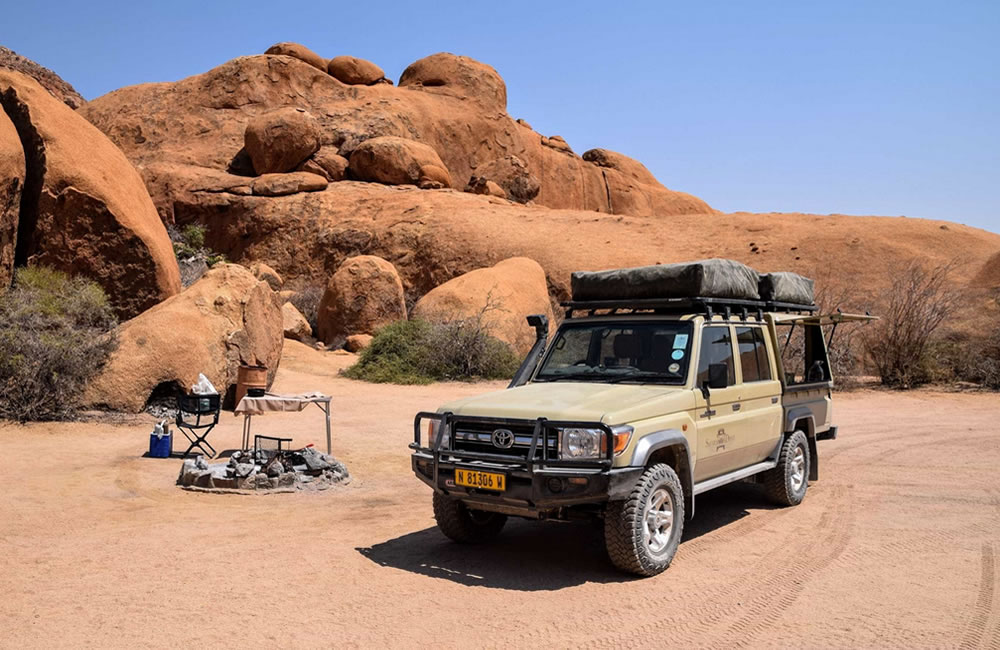Articles

5 Iconic Wildlife Species that Need Our Help
With emotive documentaries and spectacular photographs capturing the abundance and diversity of Africa’s wildlife, it seems that our plains are abuzz with life. But...
4
minutes

5 Best Ecotourism National Parks to Visit in Africa
Africa is a continent of breathtaking landscapes, rich biodiversity, and diverse ecosystems, making it a prime destination for ecotourism. National parks across the continent...
5
minutes

Mighty Kilimanjaro Mountains: The World’s Most Accessible Summit
Mount Kilimanjaro is the highest freestanding mountain in the world. Any reasonably strong and ambitious person is bound to conquer it.
Snow-capped Kilimanjaro, floating above...
9
minutes

Rwanda or Uganda: Best Gorilla Trekking Destination Mystifies Travelers
Gorilla Trekking is a surreal and unlike any other experience in Africa. Sharing time with the world’s remaining mountain gorillas in the wilds of...
11
minutes

The Ultimate Guide to Driving in East African Parks
Off-road driving in East African national parks is governed by strict regulations to protect the environment and wildlife. These protected areas, home to diverse...
7
minutes

Namibia Self-Drive Safari (Desert Adventures and Wildlife)
Namibia stands out as an exceptional destination for a self-drive safari, characterized by its awe-inspiring landscapes, distinctive wildlife, and expansive open roads. The country...
5
minutes